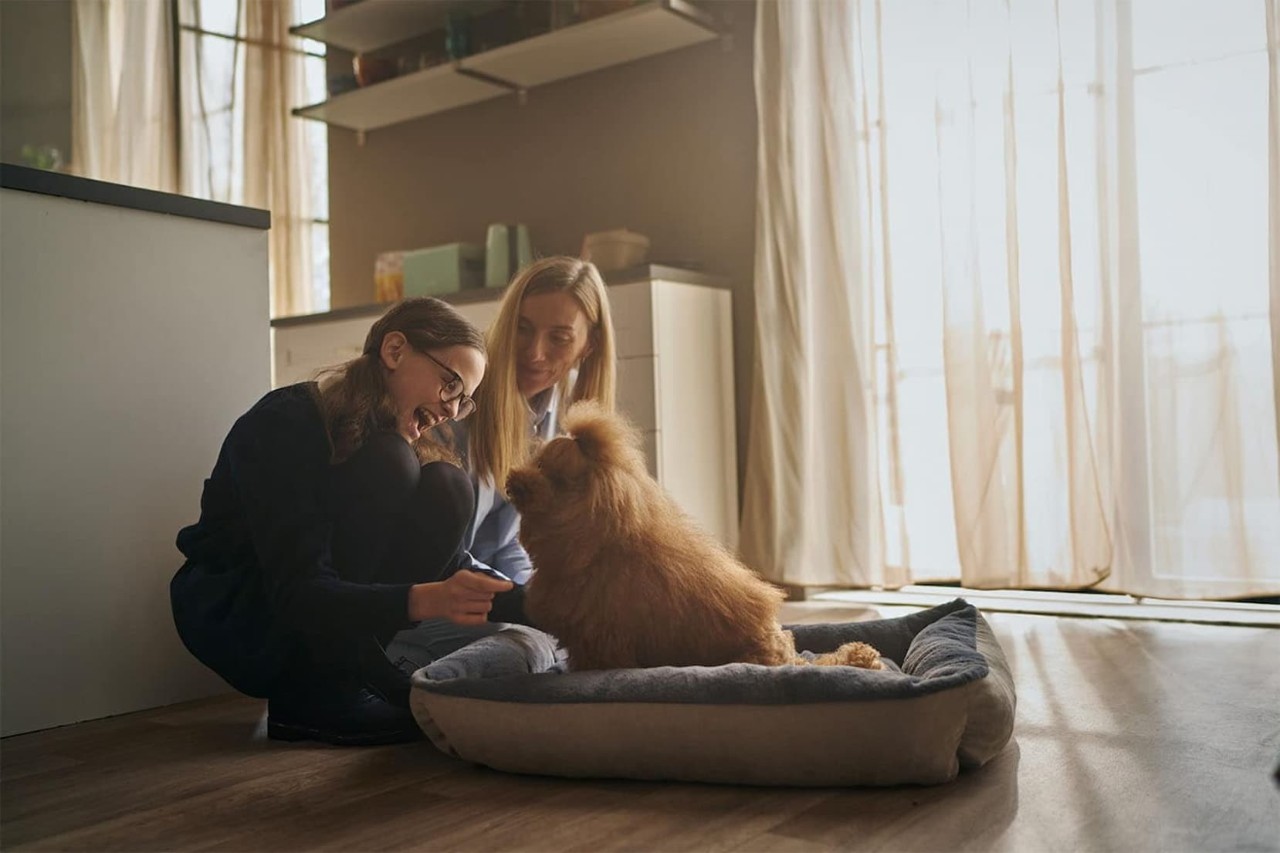Cats are expert at hiding their symptoms so be very vigilant in detecting abnormal behaviours and signs. Presume that ‘less is more’ and don’t delay going to the vet!
Invest in a very secure cat carrier with washable surfaces. Ideally it should open at the top, which makes it easier to lift the cat in and out.
If your cat resists, wrap them in a blanket or towel and put both cat and towel into the carrier.
Don’t keep your cat’s pet carrier in storage and produce it just before a visit to the vet. Your cat will hide away as soon as it appears!
Leave the carrier out with bedding in it and encourage your cat to sleep in it, eat in it and be at ease with it.
Spray it with cat pheromone spray 15 minutes before use. Also wipe around your cat’s face with a cloth and then wipe inside the carrier with the same cloth. Familiar smells are very comforting for cats.
Have a large towel or blanket which smells of home ready to cover the cat carrier in the car and in the waiting room.






